For anyone driving on Spanish roads, understanding what constitutes a “roadworthy” vehicle is paramount. Beyond mere appearance, a car’s fitness for the road is a matter of safety, compliance, and legal obligation. These conditions are rigorously enforced through mandatory ITV (Technical Vehicle Inspection) tests and by traffic authorities in roadside checks. So, what exactly does it mean for a vehicle to be roadworthy under Spanish law?
Contents
The Fundamentals of Roadworthiness
At its core, a roadworthy vehicle must meet several key criteria to ensure the safety of its occupants and other road users. This includes:
Structural Integrity: The vehicle must be free from any structural damage or deformation that could compromise its safety or stability on the road. Think of it as the car’s foundational health.
Operational Systems: All mandatory systems and equipment – from lights to brakes – must be installed, fully functional, and properly maintained. A car is only as safe as its weakest link.
Technical and Environmental Compliance: Vehicles must adhere to all applicable technical standards and environmental limits, including emissions. This is about meeting modern safety and environmental expectations.
Absence of Defects: There should be no visible leaks, excessive wear, or any unsafe modifications that could pose a risk.
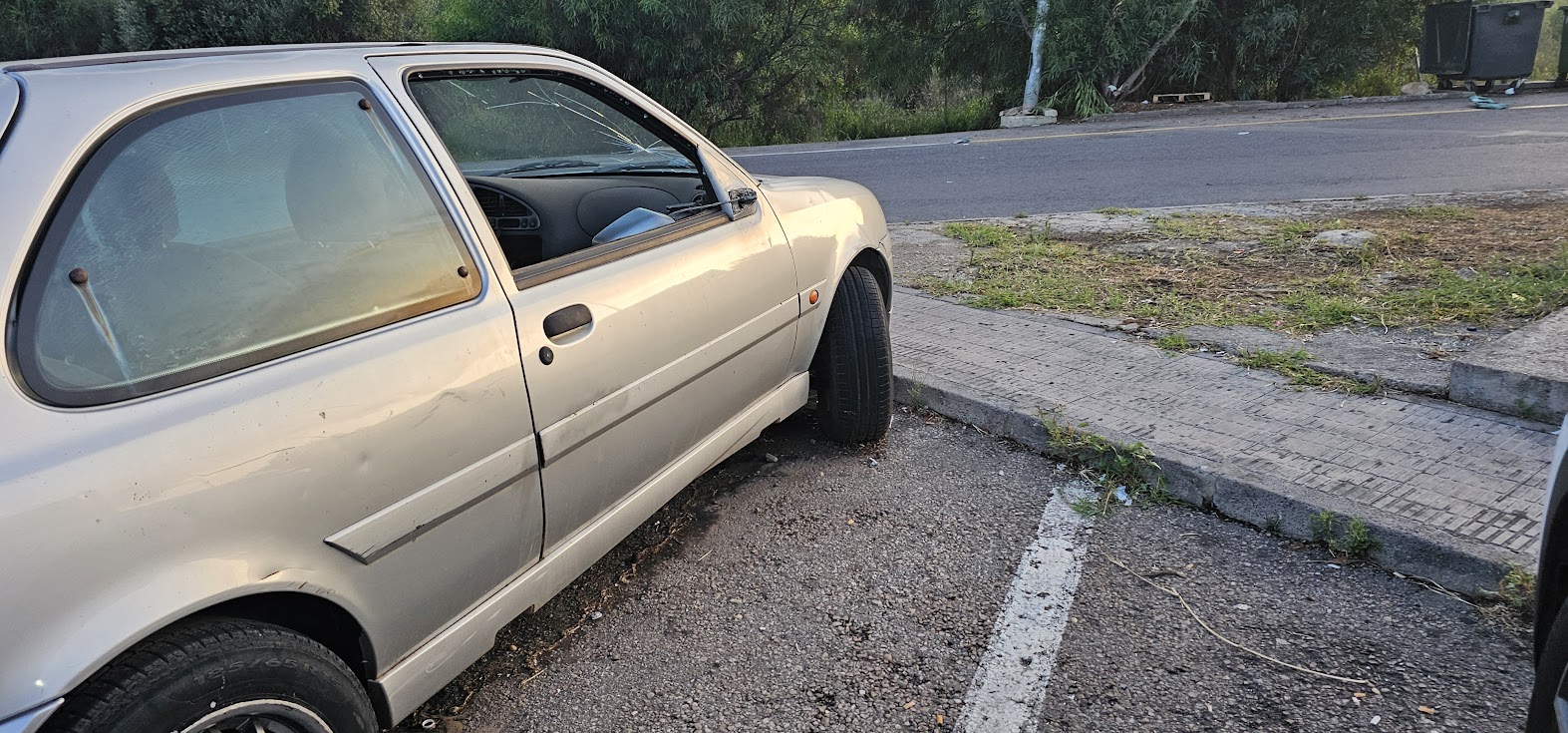
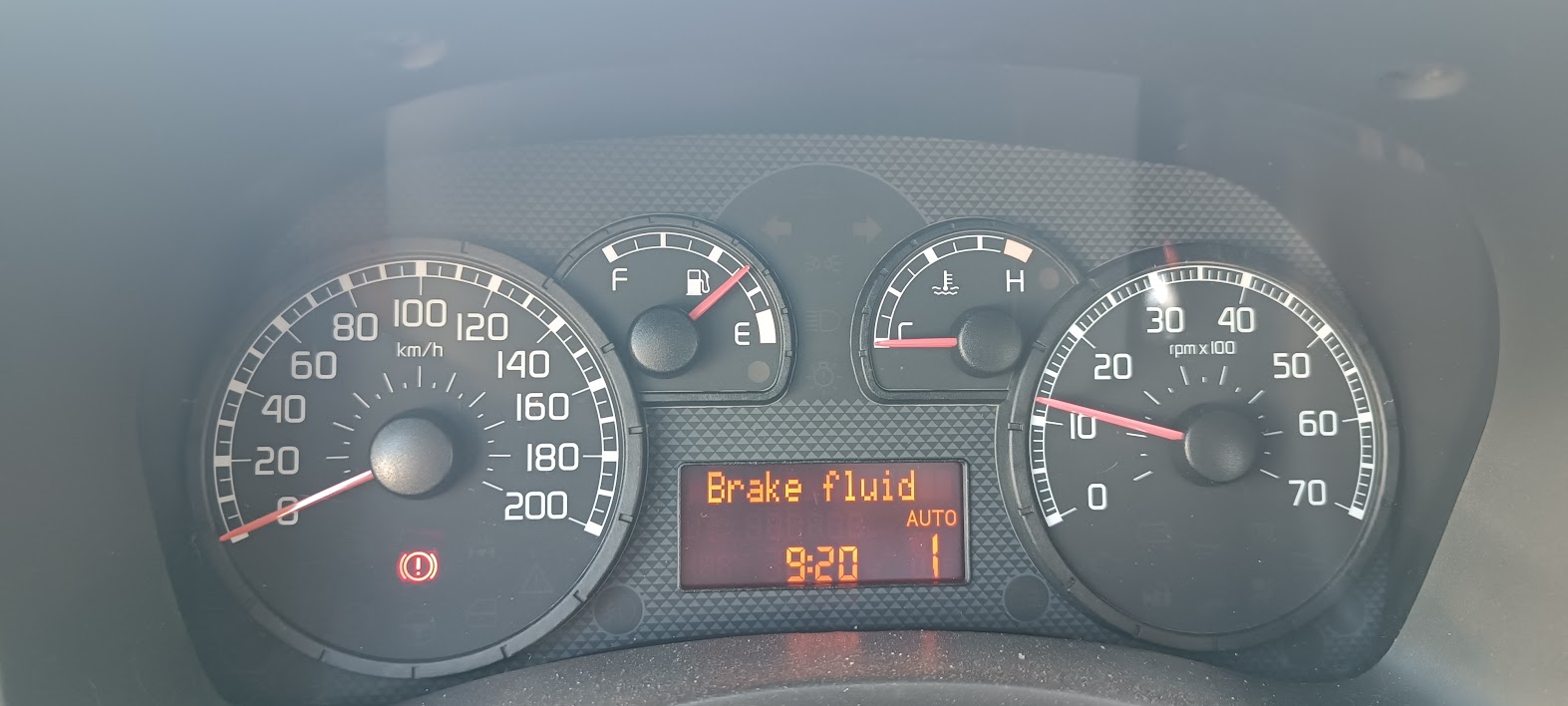
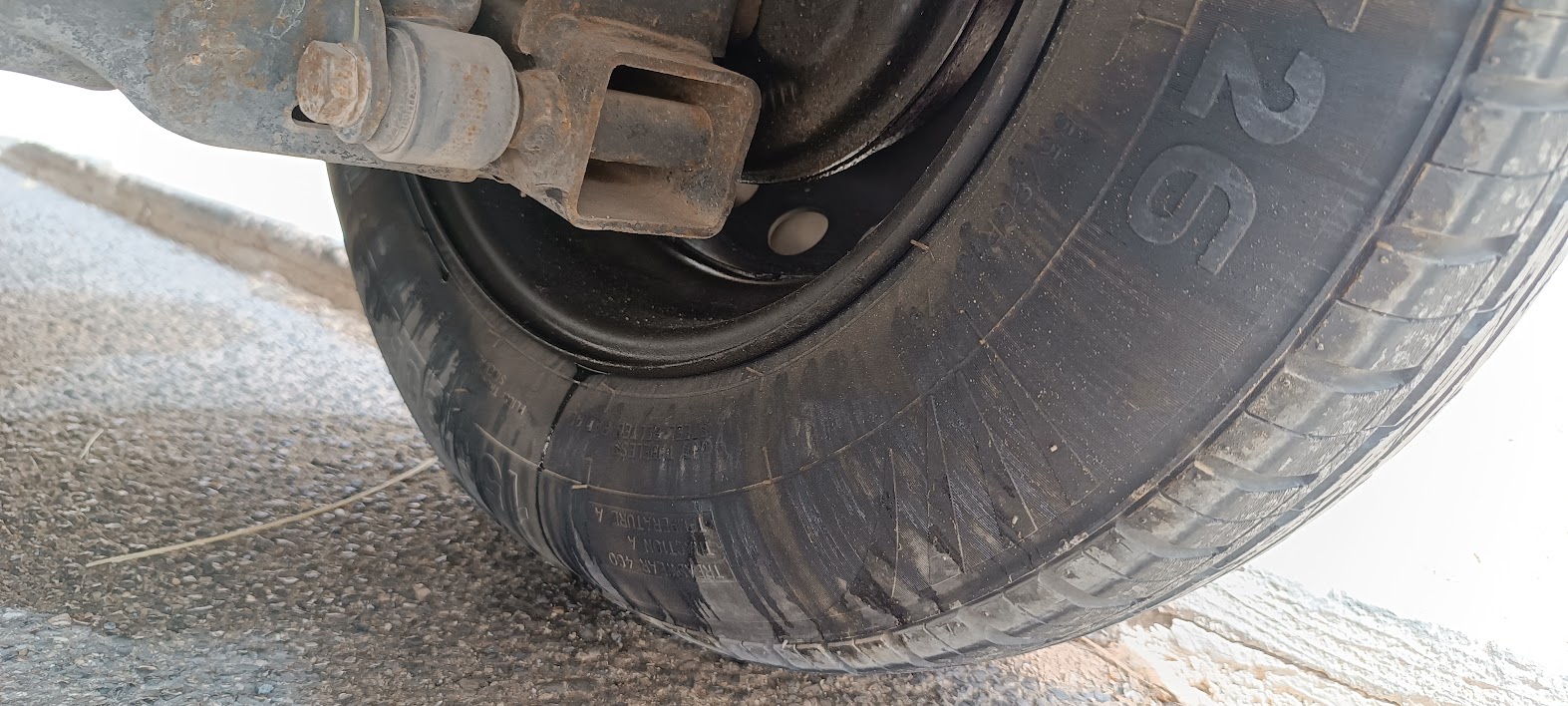
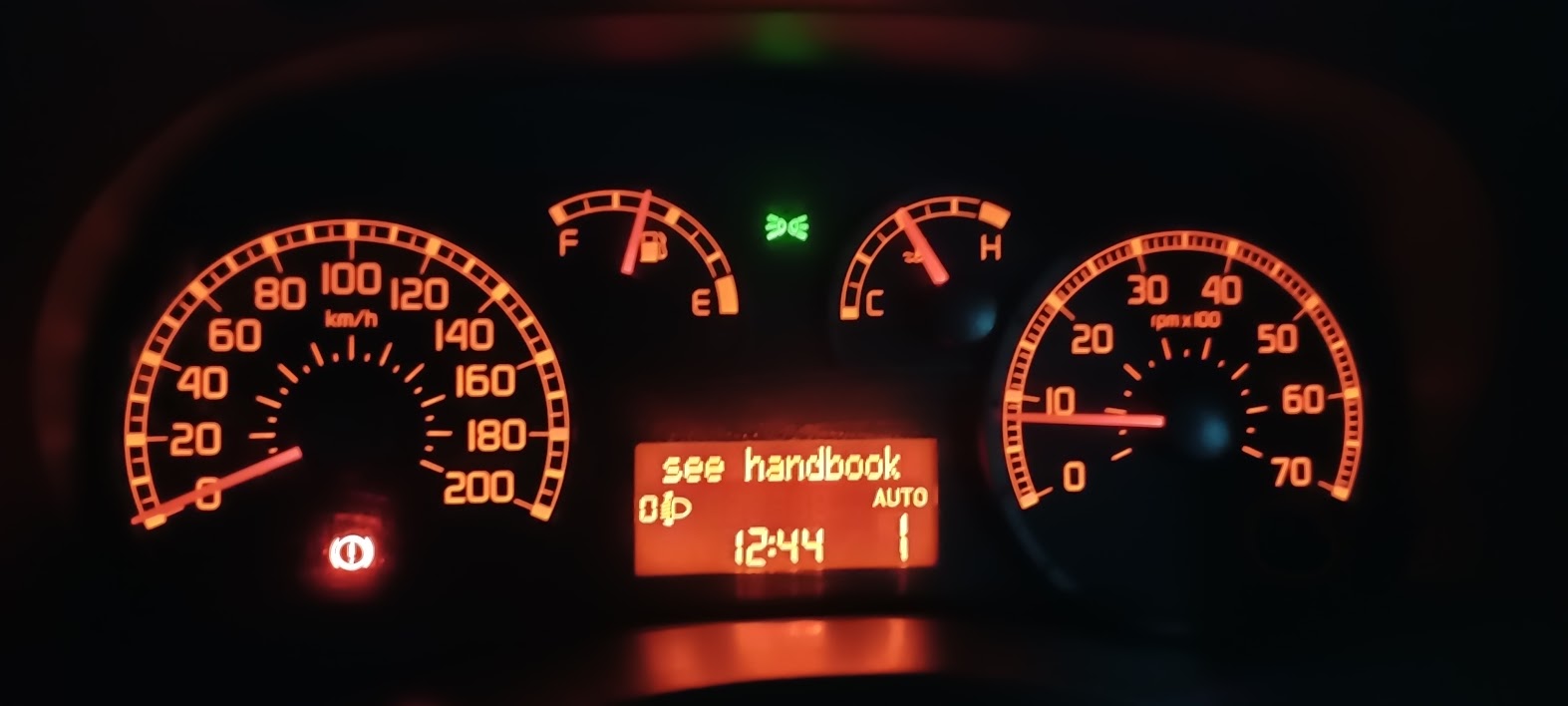

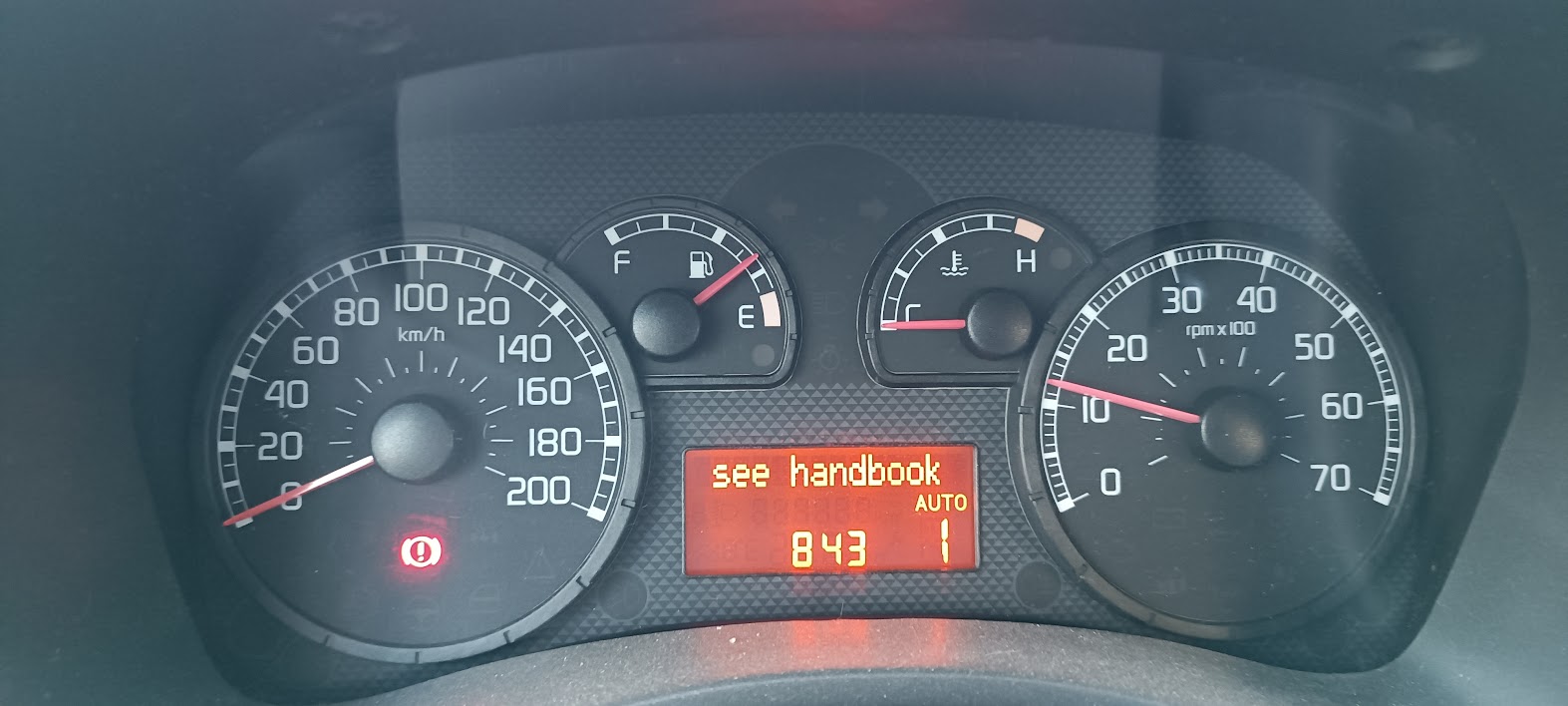
Critical Vehicle Systems Under Scrutiny
During an ITV inspection, or indeed any roadside check, specific critical systems are meticulously evaluated. These are the components that directly impact a vehicle’s ability to drive safely:
a) Braking System:
The brakes are non-negotiable. Inspectors check for appropriate brake pedal travel and resistance, ensuring braking power is within tolerance for both axles. The handbrake or parking brake must effectively hold the vehicle on a slope. Crucially, there should be no fluid leaks, malfunctioning warning lights, or an imbalance in braking power between wheels.
b) Steering Mechanism:
A vehicle’s steering must be precise and responsive. Checks include ensuring the steering wheel turns freely and returns to a neutral position, with no excessive play in the linkages. Power steering, if fitted, must function correctly, and there should be no interference with the suspension or bodywork.
c) Suspension and Axles:
The suspension system is vital for control and comfort. Springs, dampers (shock absorbers), and bushings must be intact and efficient. Inspectors look for any imbalance between sides or damage that affects the vehicle’s ride height, along with correct axle alignment and proper tyre contact with the road.
d) Wheels and Tyres:
Tyres are the only contact point with the road, making their condition critical. They must have adequate tread depth (a minimum of 1.6 mm for cars), with no dangerous cuts, bulges, or exposed cords. Furthermore, tyres must be of the correct size, type, and load rating for the vehicle, and properly inflated.
e) Lights and Electrical System:
All required lights – headlights, indicators, brake lights, etc. – must be present and fully functional. There should be no cracked, misaligned, or non-compliant bulbs. The battery, wiring, and alternator must also function safely to power these essential components.
f) Emissions and Exhaust:
Environmental compliance is key. Emission levels must meet the applicable Euro standard, and there should be no visible smoke or abnormal noise from the exhaust. The exhaust system itself must be intact, securely mounted, and free from leaks.
g) Bodywork and Structure:
The vehicle’s exterior also plays a role in safety. There should be no sharp edges or dangerous projections, and no corrosion or damage that compromises the vehicle’s structural integrity. Doors, bonnets, boots, and their latches must all operate safely and securely.
h) Glass and Mirrors:
Clear vision is fundamental. The windscreen must be free from significant cracks or discolouration within the driver’s view. Mirrors must be securely mounted and undamaged, and windows, particularly those required for safety (like emergency exits), must operate correctly.
i) Seat Belts and Restraints:
Seat belts are a primary safety feature. They must be present in all required positions, fully functional, and free from fraying or damage. Their mounting and latching mechanisms must also work perfectly.
j) Interior Condition:
Finally, the vehicle’s interior is assessed. Controls and warning lights must function correctly, and there should be no loose elements or defective instruments that could distract or impair the driver. Any unapproved modifications that could affect safety are also prohibited.
The Consequences of “Dangerous Defects”
Should any defect be classified as “dangerous” during an ITV inspection, the implications are severe. The vehicle is immediately deemed unfit for public roads and cannot be driven. It must either be towed or repaired on-site, if feasible. The ITV result will be unequivocally marked.
When Roadworthiness is Checked
Vehicles must meet these rigorous roadworthiness conditions during various scenarios:
- Scheduled periodic ITV tests: These are routine inspections mandated by law.
- Post-accident inspections: After an incident, a vehicle may require an inspection to ensure it’s still safe.
- Pre-registration inspections: Especially important for imported or significantly modified vehicles.
- Random roadside technical checks: Conducted by the Guardia Civil or other authorised agents, these can happen at any time.
Safety Recall Campaigns
Manufacturers sometimes identify defects affecting roadworthiness after vehicles have been sold. In such cases, a safety recall campaign may be issued, and the necessary repairs must be carried out at no cost to the owner. Until the recall is performed, the vehicle may be flagged in the ITV registry, reinforcing the importance of addressing these issues promptly.
In essence, maintaining a vehicle’s roadworthiness in Spain is not merely a formality but a continuous commitment to safety, ensuring that every journey is as secure as possible for everyone on the road.
Discover more from N332.es - Driving In Spain
Subscribe to get the latest posts sent to your email.
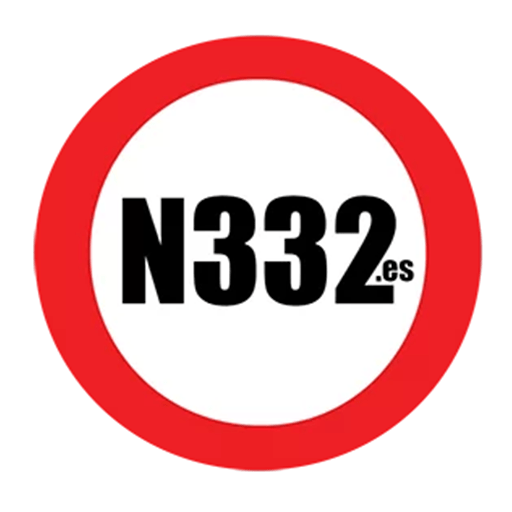
You must be logged in to post a comment.